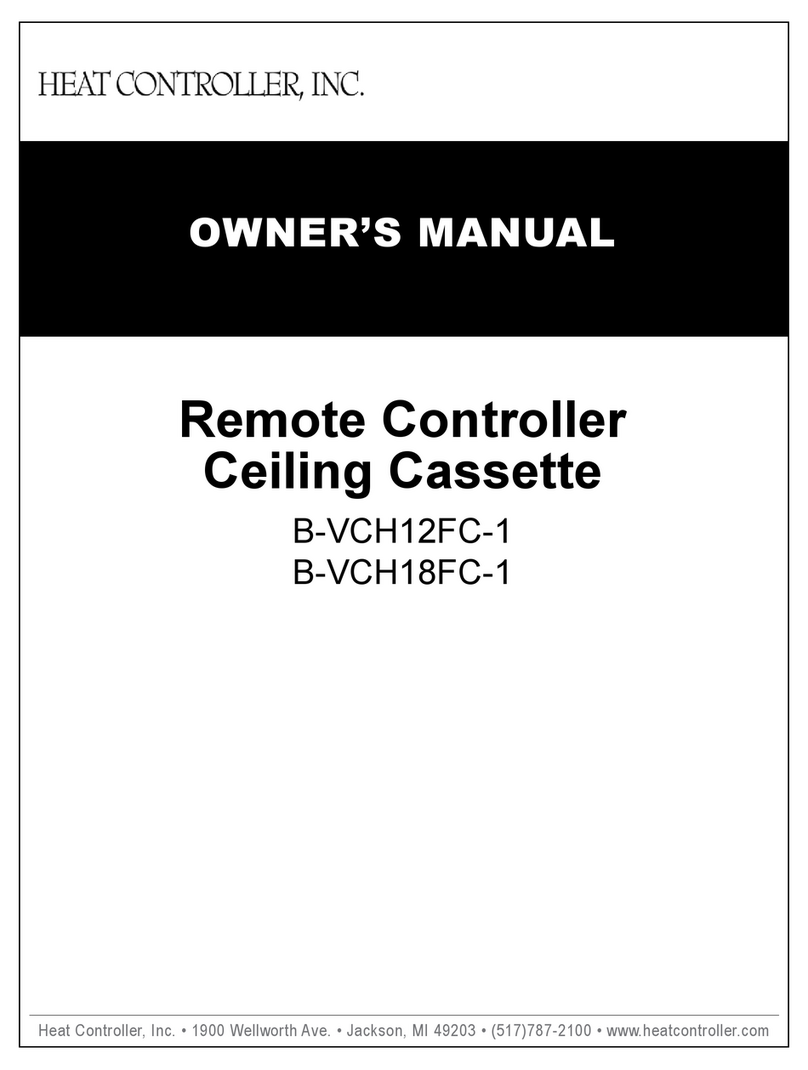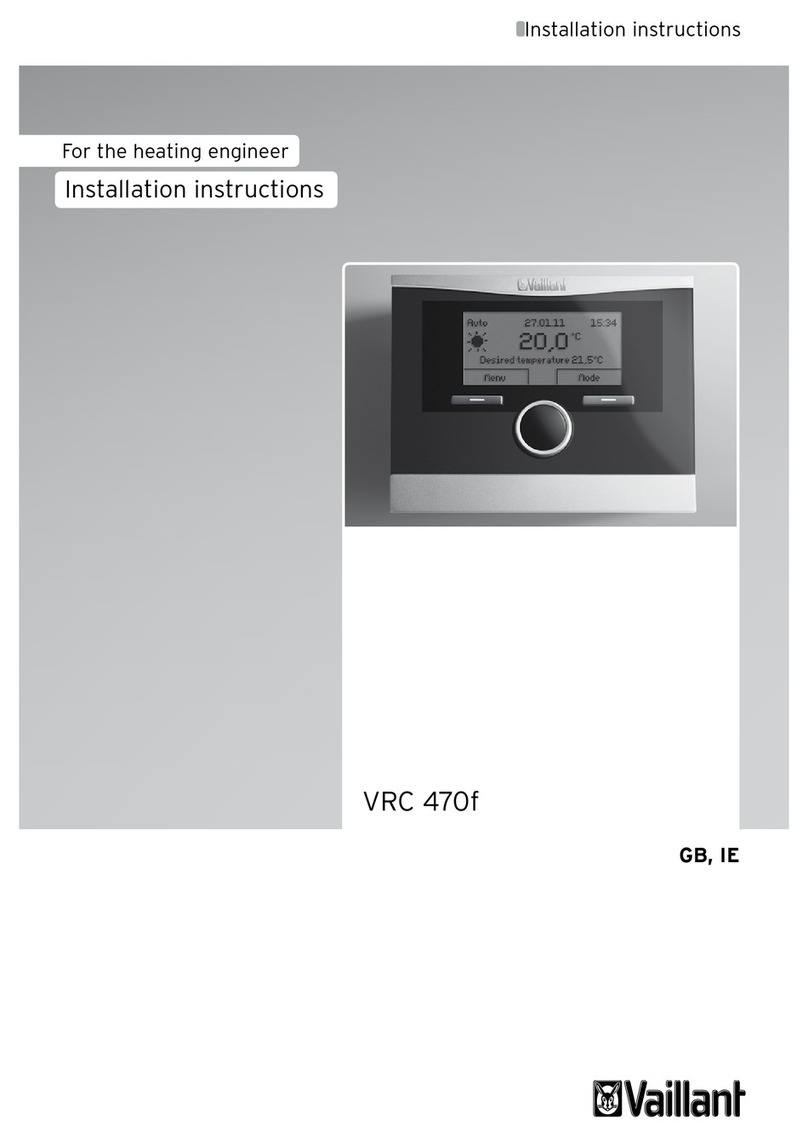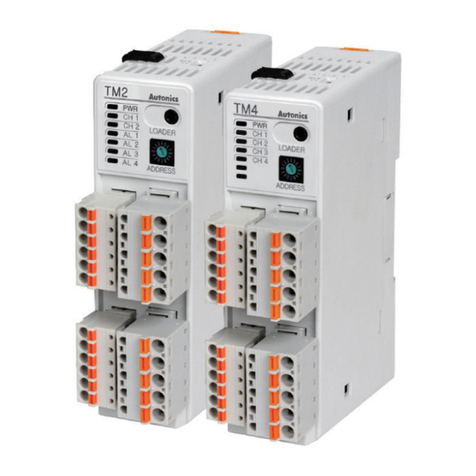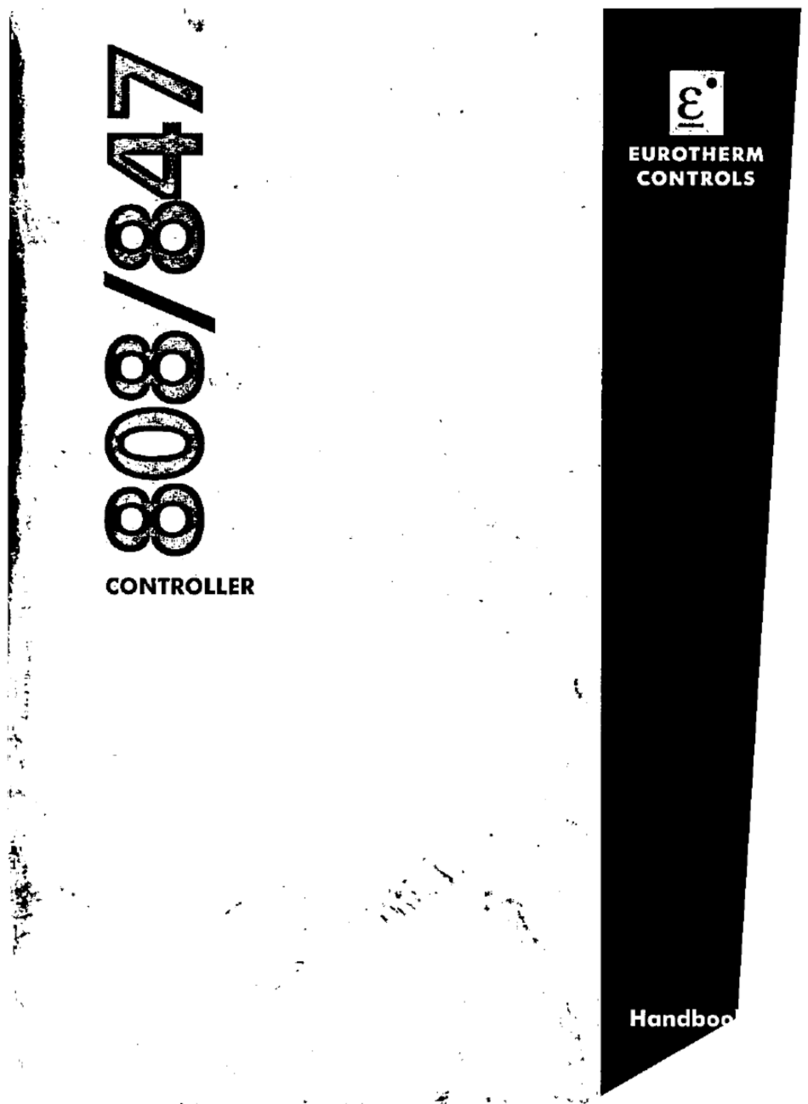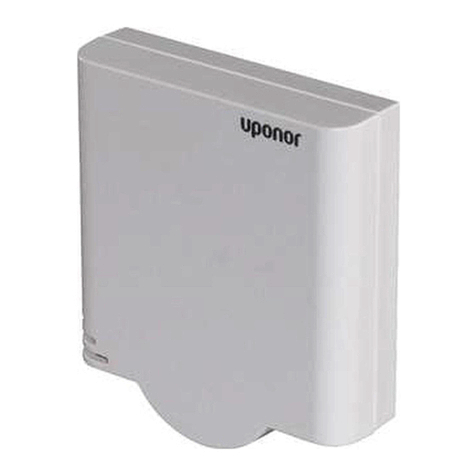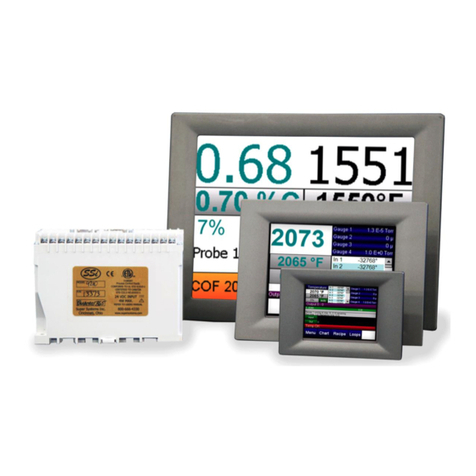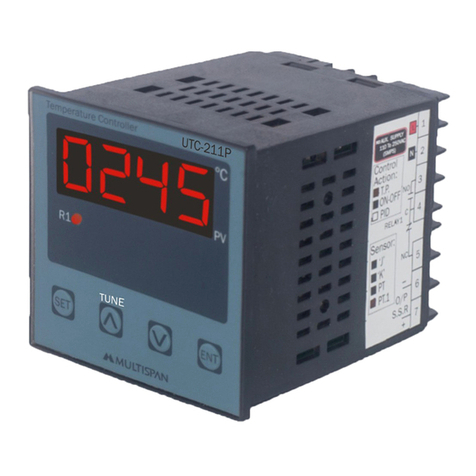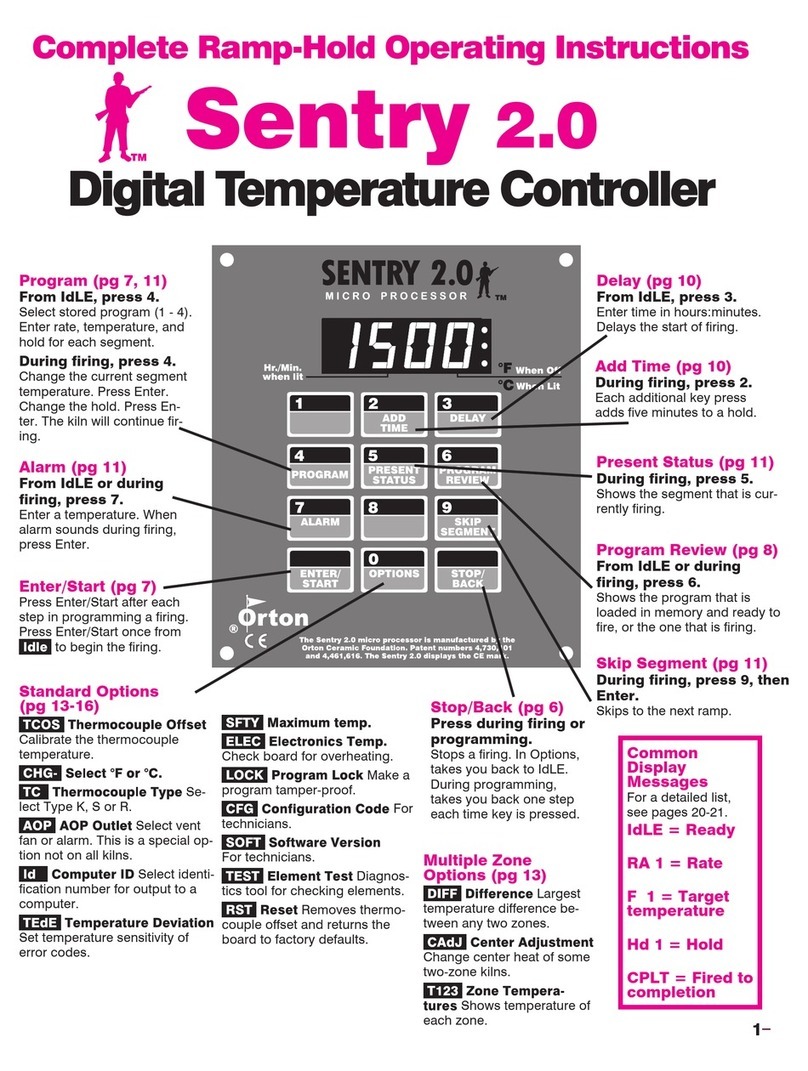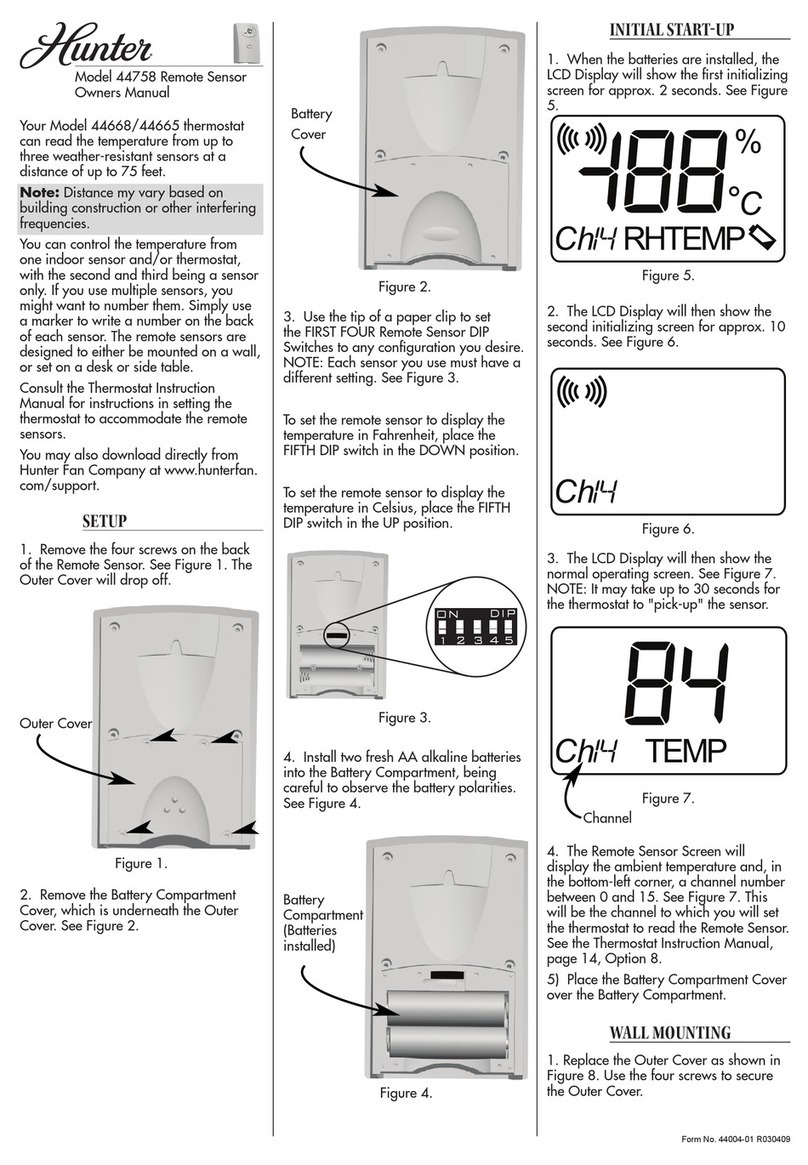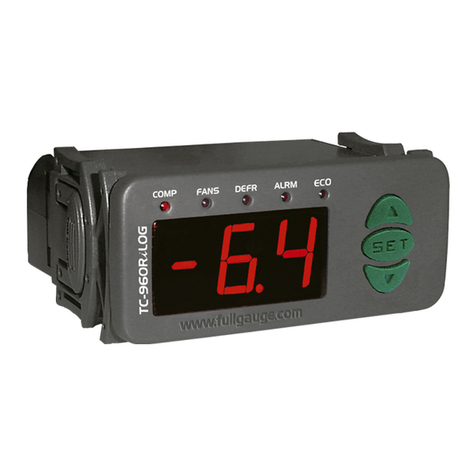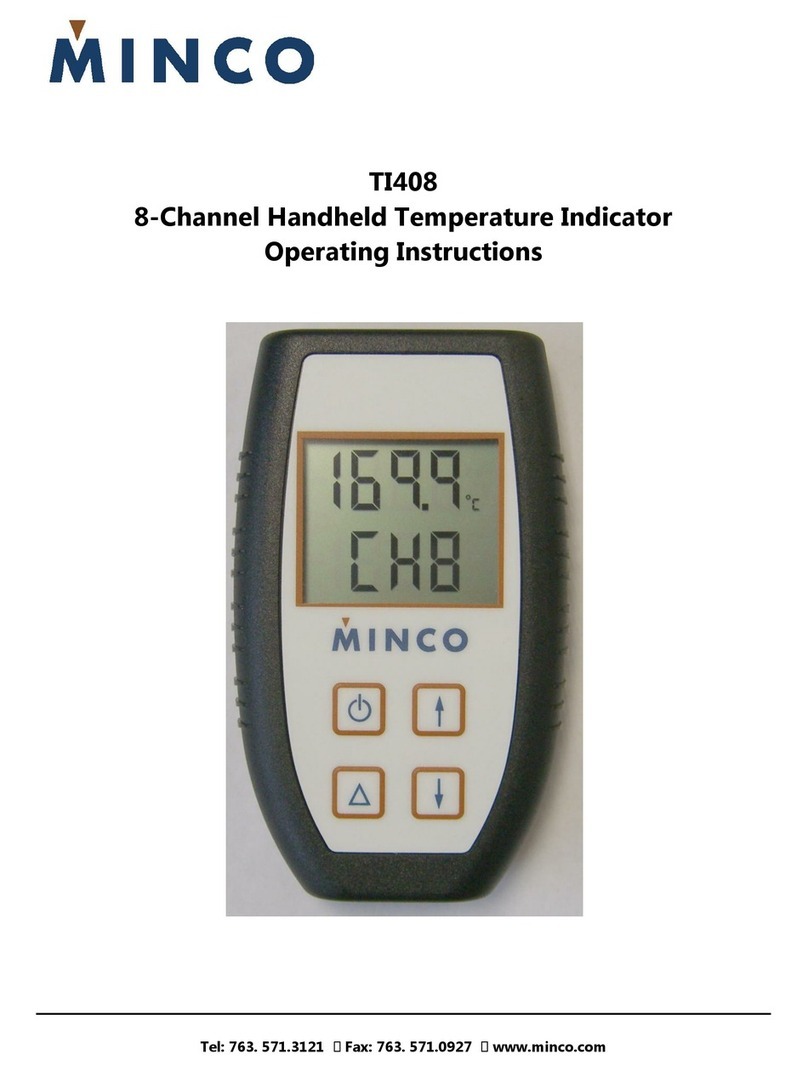Prostat PSPAC-WFMS User manual

Before you begin the installation:
The ProStat+ Configurator App is needed to configure this
sensor. This App may be downloaded from your mobile
device store.
Select a suitable location for the PSPAC-WFMS sensor. Please
note that the sensor must have good Wi-Fi reception with the
access point it is intended to join. Do not mount in direct sun
or direct rain.
Please have handy the Owner’s Manual for the thermostat that
will be paired with the sensor. ProStat+ thermostats have
unique pairing procedures.
OVERVIEW
This wireless temperature sensor may be used as a room remote temperature sensor (stand alone or averaging) or an
outdoor temperature sensor.
This sensor is compatible with all ProStat+ Premium, Premium Mini, and Touchscreen thermostats that have been
connected to a Wi-Fi network. Please consult ProStatHVAC.com for a complete listing of compatible thermostats.
Note: This sensor must be connected to the same local network as the thermostat(s) that will use the sensor data.
Configurator
app icon
fig. 1
Unit ID
Legend
fig. 2
To Connect the Sensor to an Access Point:
1. Remove sensor cover.
2. Configure the Sensor. (use fig. 2 as a guide)
ASet the Type:
1. Indoor temperature is sampled and transmitted once every minute.
2. Outdoor temperature is sampled and transmitted once every 5 minutes.
BSet the Unit ID:
If more than one PSPAC-WFMS is joined to an access point
each sensor must have a unique UNIT ID# to operate properly.
Add all of the ID ’ON’ switches together to arrive at the Unit ID#.
If all the ID number switches are set to ‘OFF’ then the Unit ID# is 0 (zero).
AB
ON
OFF
124
Example: Unit ID# 5
1 + 4 = 5
USE PHONE CAMERA
FOR MORE INFO
PSPAC-WFMS
Wireless Temperature Sensor
Installation Instructions

Specifications
Operational Temperature
• with alkaline batteries: 0° F to 120° F
• with lithium batteries: -20° F to 130° F
• temperature measurement range: -20˚F to 120˚F
Expected Battery Life
• Indoor Sensor sample rate of 1per minute: > 1 year*
*Assumes strong, constant Wi-Fi signal strength and connection
Up to eight (8) PSPAC-WFMS sensors may be joined to one access point.
3. Install 2AAA batteries with the polarity as indicated on the PSPAC-WFMS housing. (see fig. 3).
a. Alkaline batteries are acceptable for operation in the temperature range
of 0˚F to 120˚F.
b. When operating between -20˚F to 130˚F it is recommended to use
good quality Lithium AAA batteries.
4. Press and hold the Link button (see fig. 3) until the Link LED starts to flash.
5. Use the ProStat+ Configurator App to setup the Wi-Fi connection.
a. Select the Wi-Fi Temperature Sensor Mini in the Configurator App.
b. Select “Setup Wi-Fi”
c. Follow the Wi-Fi setup instructions on the Configurator App.
Notes:
• The LED will stay solid while connecting to the access point.
• If the connection is successful the LED will turn off.
• If the connection is unsuccessful the LED will flash 5 times.
• If the App detects that the sensor firmware is not up to date, then the user
will be prompted and instructed how to update the sensor’s firmware.
(continued from page 1)
fig. 3
When mounting outdoors (fig 4)
• Install gasket as shown between wall and sensor
• Keep out of direct sunlight
• Keep out of direct rain
An ideal outdoor mounting location would be in a covered outdoor patio or
protected by an awning or under the eaves away from the elements.
Use the included screw to secure the cover to the sensor.
sensor
gasket
wall
fig. 4
Link
button
Link
LED

FCC Compliance Statement
This equipment has been tested and found to comply with the limits for a Class B digital device, pursuant to part 15 of the FCC Rules. These limits are designed to provide
reasonable protection against harmful interference in a residential installation. This equipment generates, uses and can radiate radio frequency energy and, if not installed and
used in accordance with the instructions, may cause harmful interference to radio communications. However, there is no guarantee that interference will not occur in a particular
installation. If this equipment does cause harmful interference to radio or television reception, which can be determined by turning the equipment off and on, the user is encouraged
to try to correct the interference by one or more of the following measures:
• Reorient or relocate the receiving antenna.
• Increase the separation between the equipment and receiver.
• Connect the equipment into an outlet on a circuit different from that of the receiver.
• Consult the dealer or an experienced radio or TV technician for help.
Notice: Only peripherals complying with FCC limits may be attached to this equipment. Operation with noncompliant peripherals or peripherals not recommended by ProStat, is
likely to result in interference to radio and TV reception. Changes or modifications to the product, not expressly approved by ProStat could void the user’s authority to operate the
equipment.
FCC - INDOOR Mobile Radio Information:
To comply with FCC/IC RF exposure limits for general population / uncontrolled exposure, the antenna(s) used for this transmitter must be installed to provide a separation distance
of at least 20 cm from all persons and must not be co-located or operating in conjunction with any other antenna or transmitter.
This Device complies with Industry Canada License-exempt RSS standard(s). Operation is subject to the following two conditions: 1) this device may not cause interference, and 2)
this device must accept any interference, including interference that may cause undesired operation of the device.
Under Industry Canada regulations, this radio transmitter may only operate using an antenna of a type and maximum (or lesser) gain approved for the transmitter by Industry
Canada. To reduce potential radio interference to other users, the antenna type and its gain should be so chosen that the equivalent isotropically radiated power (e.i.r.p.) is not more
than that necessary for successful communication.
Cet appareil est conforme avec Industrie Canada, exempts de licence standard RSS(s). Son fonctionnement est soumis aux deux conditions suivantes: 1) ce dispositif ne doit pas
causer d’interférences, et 2) ce dispositif doit accepter toute interférence, y compris les interférences qui peuvent causer un mauvais fonctionnement de l’appareil.
En vertu des règlements d’Industrie Canada, cet émetteur de radio ne peut fonctionner en utilisant une antenne d’un type et maximale (ou moins) Gain approuvé pour l’émetteur par
Industrie Canada. Pour réduire les interférences radio potentielles aux autres utilisateurs, le type d’antenne et son gain doivent être choisis afin que la puissance isotrope rayonnée
équivalente (PIRE) ne est pas plus de ce qui est nécessaire pour une communication réussie.
We, ProStat, declare under our sole responsibility that the device to which this declaration relates: Complies with Part 15 of the FCC Rules. Operation is subject to the following two
conditions: (1) this device may not cause harmful interference, and (2) this device must accept any interference received, including interference that may cause undesired operation.
FCC ID: MUH-SEN7
IC: 12547A-SEN7
Innovation, Science and Economic Development Canada
ICES-003 Compliance Label: CAN ICES-3 (B)/NM8-3(B)

Made in China 04/21 - Patents Pending Wireless Temperature Sensor PSPAC-WFMS P/N 88-1480 Rev. 1
Table of contents
Popular Temperature Controllers manuals by other brands
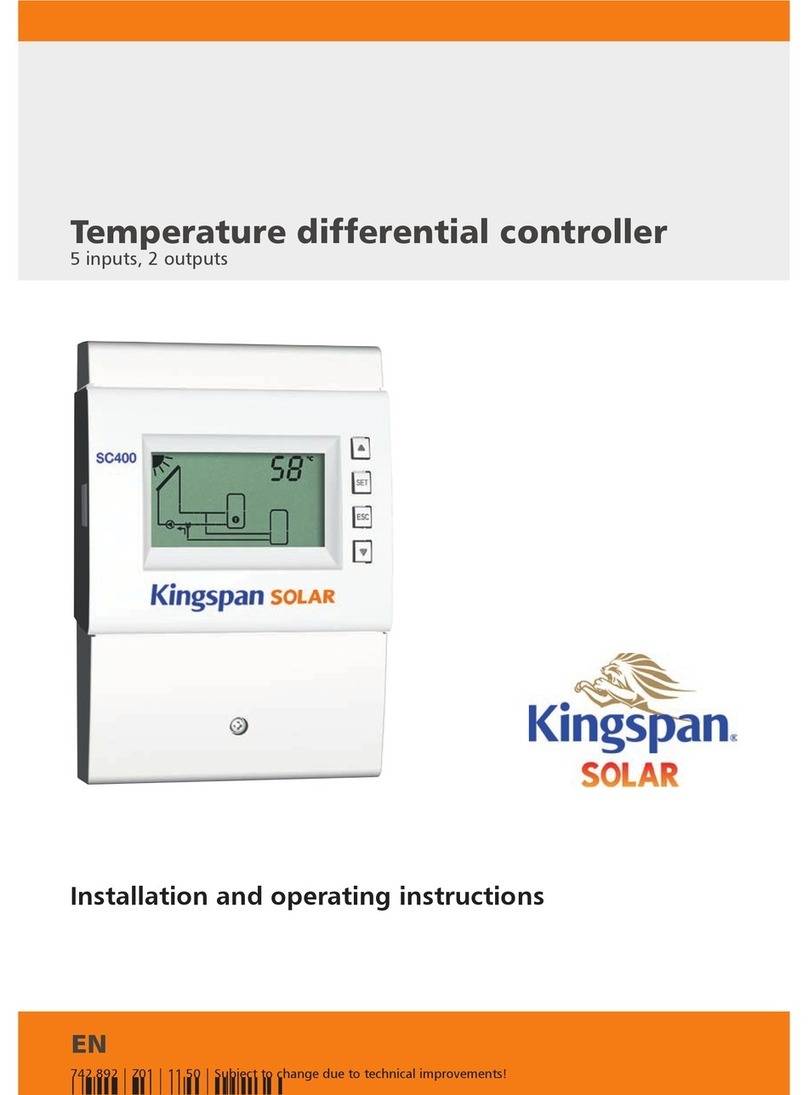
Kingspan
Kingspan Temperature differential controller Installation and operating instructions

Siemens
Siemens RLA162 installation instructions
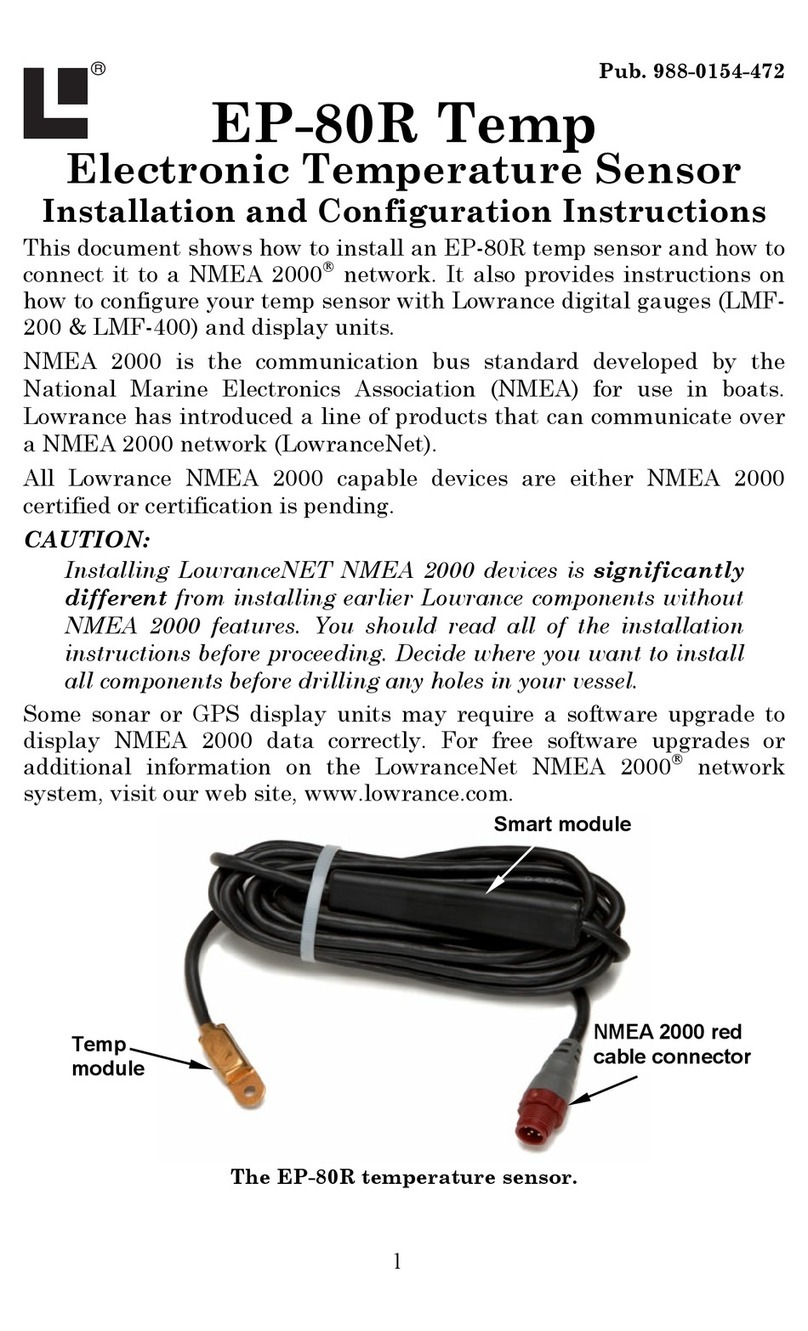
Lowrance
Lowrance EP-80R Temp Installation and configuration instructions
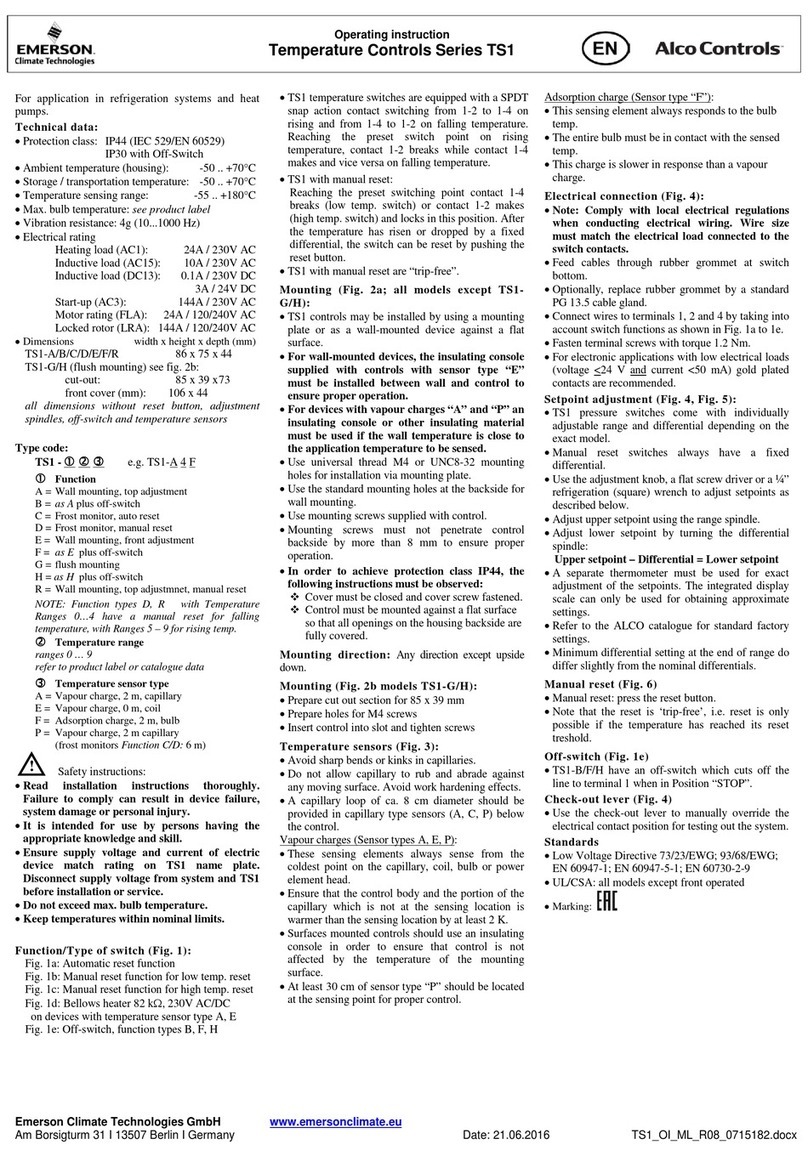
Emerson
Emerson TS1-G Operating instruction
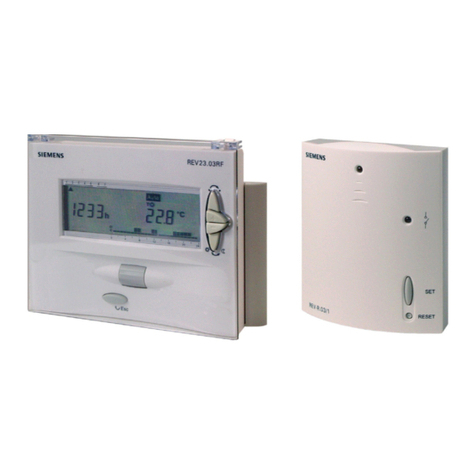
Siemens
Siemens REV23.03RF user manual
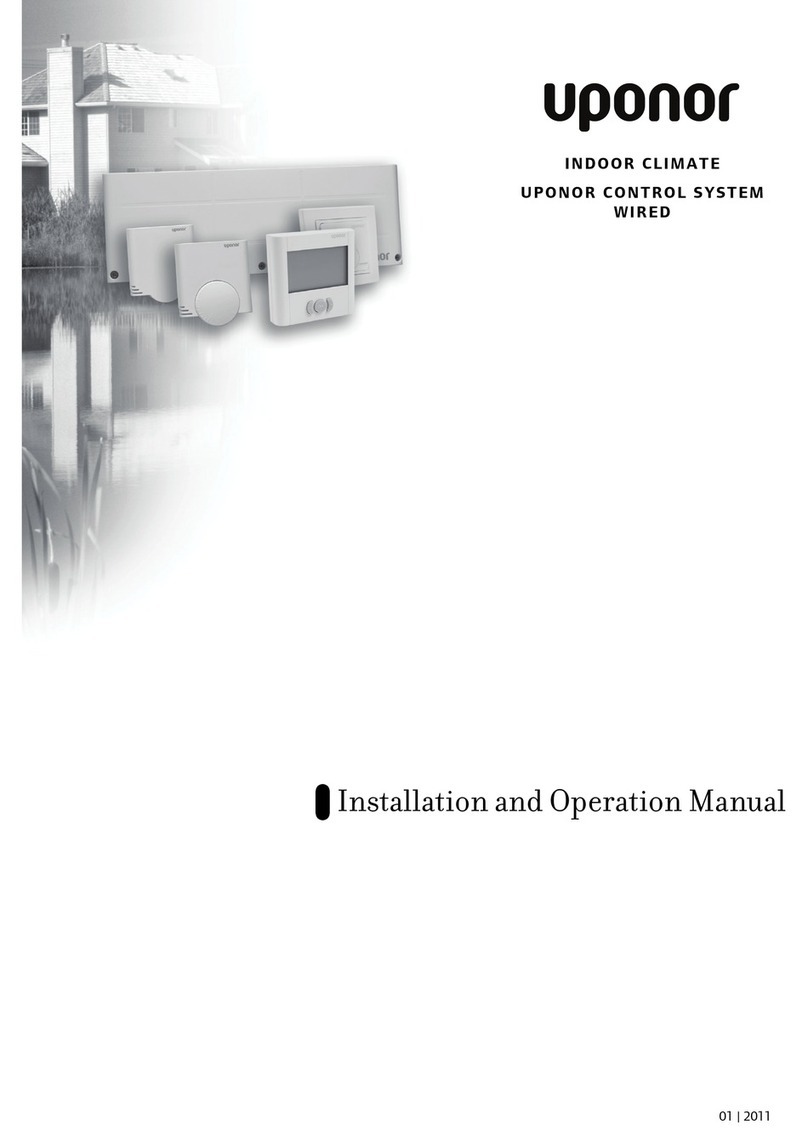
Uponor
Uponor UponorControl System Installation and operation manual
